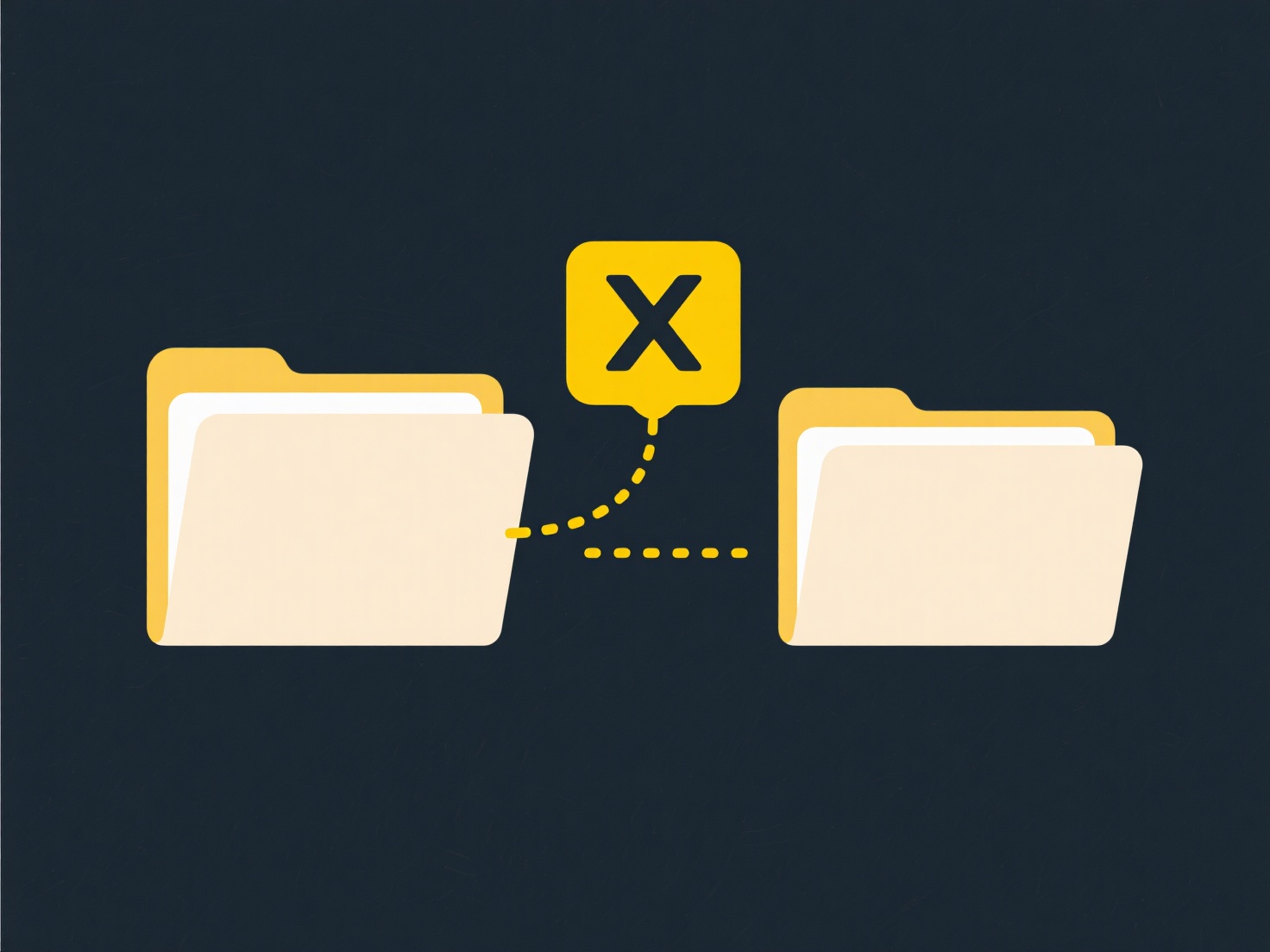
Folder structure policies define standard ways to organize files and directories within a shared storage system. Unlike individual, ad-hoc folder organization, these policies establish consistent rules for naming, hierarchy depth, and content categorization across teams or an entire organization. Implementing them replaces chaotic, personal folder schemes with a standardized approach, making information easier to find, manage, and secure. This deliberate structure aims to boost efficiency by reducing time spent searching and minimizing duplication.
A common application is a research institution implementing a structure for project data: top-level folders per project, with mandatory subfolders like Raw_Data, Analysis, and Reports. Similarly, a corporation might mandate that all departmental file shares start with folders like Team_Documents, Shared_Resources, and Projects, using consistent naming rules within each. Tools like SharePoint, Google Drive, or network file servers often form the platform for these policies, supporting their enforcement through metadata and permissions.

The primary benefits are significantly improved information discovery, enhanced collaboration, reduced data loss risk, and better compliance. Challenges include user resistance to change during the rollout and the need for ongoing policy maintenance and auditing. Ethically, clear policies can improve equitable access to information and accountability for data management. Future developments may involve deeper integration with AI for automated classification and tagging within the defined structure, gradually lessening the manual enforcement burden while amplifying the benefits.
How do I roll out new folder structure policies?
Folder structure policies define standard ways to organize files and directories within a shared storage system. Unlike individual, ad-hoc folder organization, these policies establish consistent rules for naming, hierarchy depth, and content categorization across teams or an entire organization. Implementing them replaces chaotic, personal folder schemes with a standardized approach, making information easier to find, manage, and secure. This deliberate structure aims to boost efficiency by reducing time spent searching and minimizing duplication.
A common application is a research institution implementing a structure for project data: top-level folders per project, with mandatory subfolders like Raw_Data, Analysis, and Reports. Similarly, a corporation might mandate that all departmental file shares start with folders like Team_Documents, Shared_Resources, and Projects, using consistent naming rules within each. Tools like SharePoint, Google Drive, or network file servers often form the platform for these policies, supporting their enforcement through metadata and permissions.

The primary benefits are significantly improved information discovery, enhanced collaboration, reduced data loss risk, and better compliance. Challenges include user resistance to change during the rollout and the need for ongoing policy maintenance and auditing. Ethically, clear policies can improve equitable access to information and accountability for data management. Future developments may involve deeper integration with AI for automated classification and tagging within the defined structure, gradually lessening the manual enforcement burden while amplifying the benefits.
Quick Article Links
Can I set permissions when renaming files?
File rename permissions refer to the system rules that determine who is authorized to change a file's name, controlled b...
Can I search files by content regardless of format?
Content-based file searching locates information within files by analyzing their actual text, regardless of the original...
Can I set file format rules for team collaboration?
File format rules establish standards for which digital file types team members should use when creating or exchanging d...